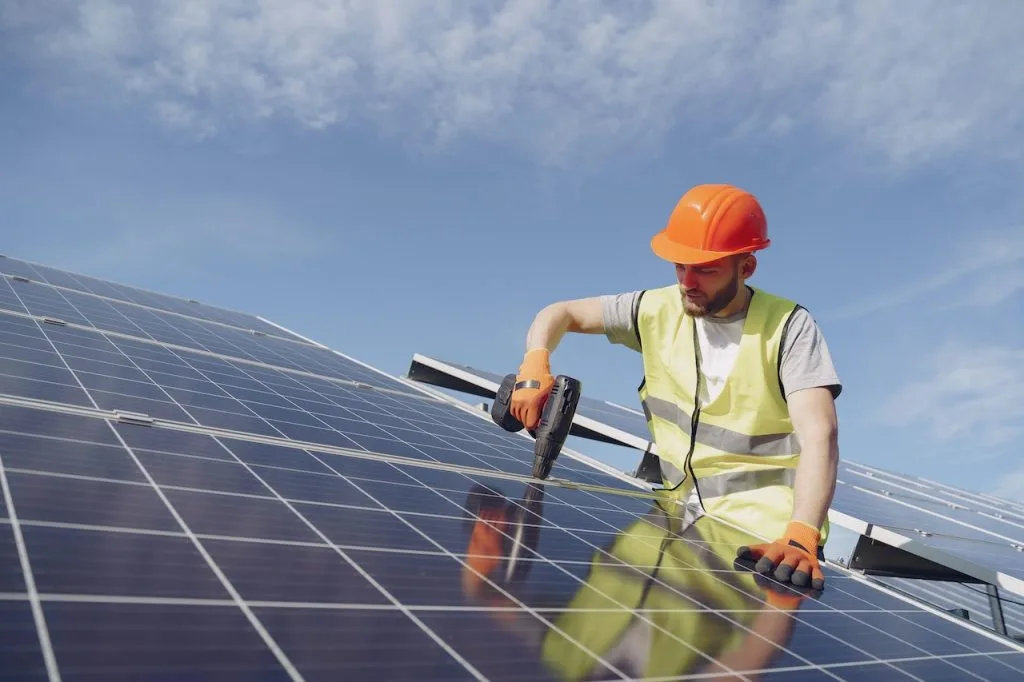A solar inverter is a device that converts the DC power generated by a solar panel into AC power which is usable by your home or business. Learn all about what a grid-tied solar inverter is and how it works in this blog post!
What is a Grid-Tied Solar Inverter?
A grid-tied solar inverter is a device that converts direct current (DC) electricity into alternating current (AC) electricity. The converted AC electricity can then be used to power your home or business.
Grid-tied solar inverters are connected to the electrical grid, allowing you to sell any excess power your system produces back to the utility company. This system requires no batteries and can work even if the power goes out.
How Does a Grid-Tied Solar Inverter Work?
Solar panels produce DC electricity, which is then converted by the grid-tied solar inverter into AC electricity. The AC electricity is then sent to your home or business, where it can be used to power appliances and lights. Any excess power produced by your system is sent back to the utility company through the electrical grid.
Chint Grid-tied PV Inverter converts your solar panels’ direct current (DC) output into alternating current (AC), the type of electricity used by your home or business. The inverter then sends this AC electricity to your main electrical panel, where it can be used to power your lights, appliances, and other equipment.
The inverter is a critical component of a grid-tied solar power system, and a few different types are available on the market. The most common type is a central inverter, which is usually installed near your main electrical panel. String inverters are another option and are typically mounted on the side of your house or on a pole near your solar panels. Microinverters are the third type of inverter, and these are installed directly on each solar panel.
No matter which type of inverter you choose, they all work to convert DC to AC and send it to your main electrical panel – allowing you to use solar power in your home or business!
What are the Profits of a Grid-Tied Solar System?
A grid-tied solar system is a solar power system connected to the utility grid. This type of system has many benefits over other types of solar systems, including:
How to Install a Grid-Tied Solar System
Installing a grid-tied solar system is a great way to generate renewable energy and save money on your electric bills. Here are the steps you’ll need to take to install a grid-tied solar system:
Also read: Trending Home Decor Items To Buy
Conclusion
Chint Grid-tied PV Inverter is a critical component of any solar energy system. It converts the DC electricity your solar panels generate into AC electricity that your home or business can use. Without a properly functioning inverter, your solar system would be unable to provide you with the clean, renewable energy you need. Hopefully, at the end of the article, you will know how a grid-tied solar inverter work.







